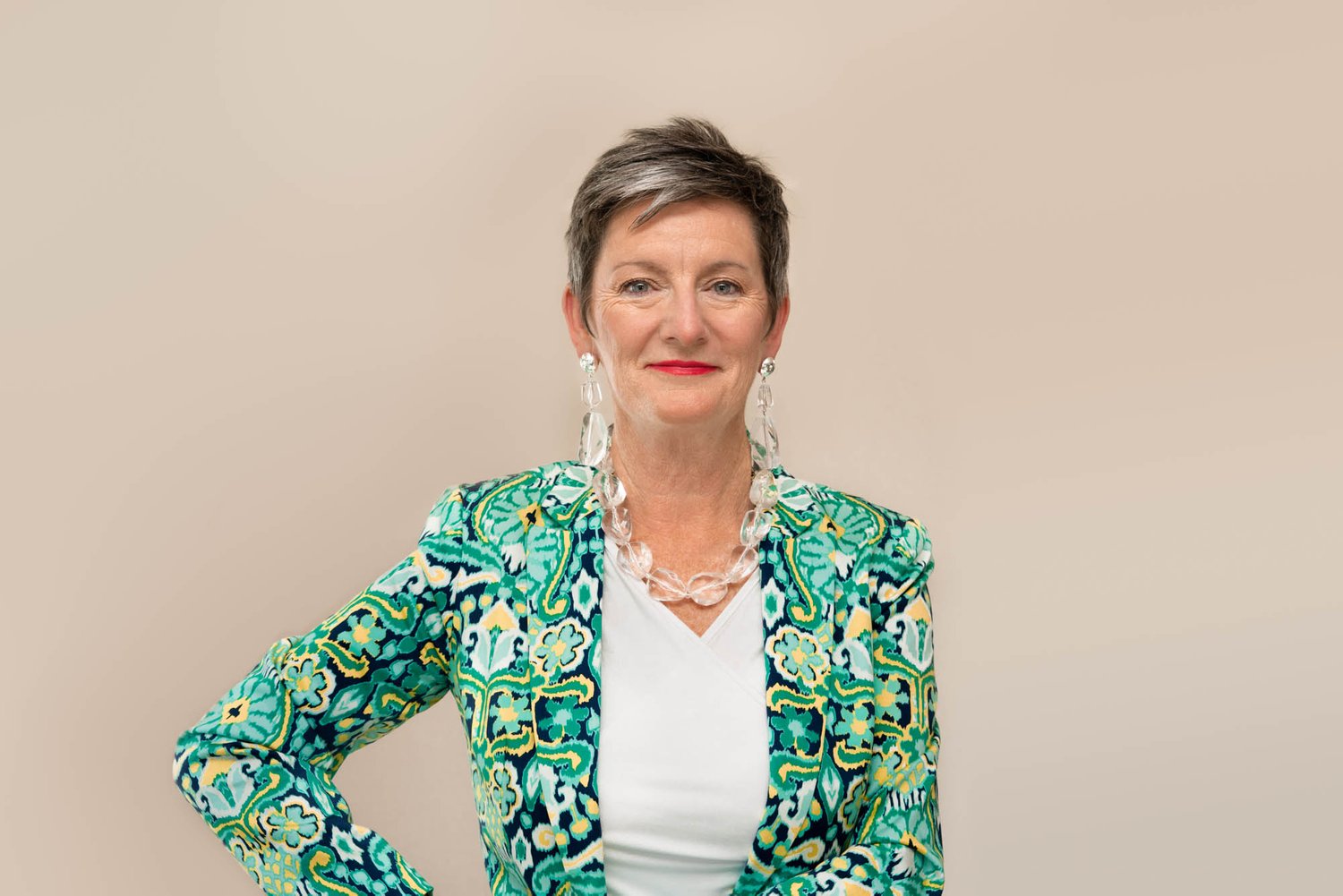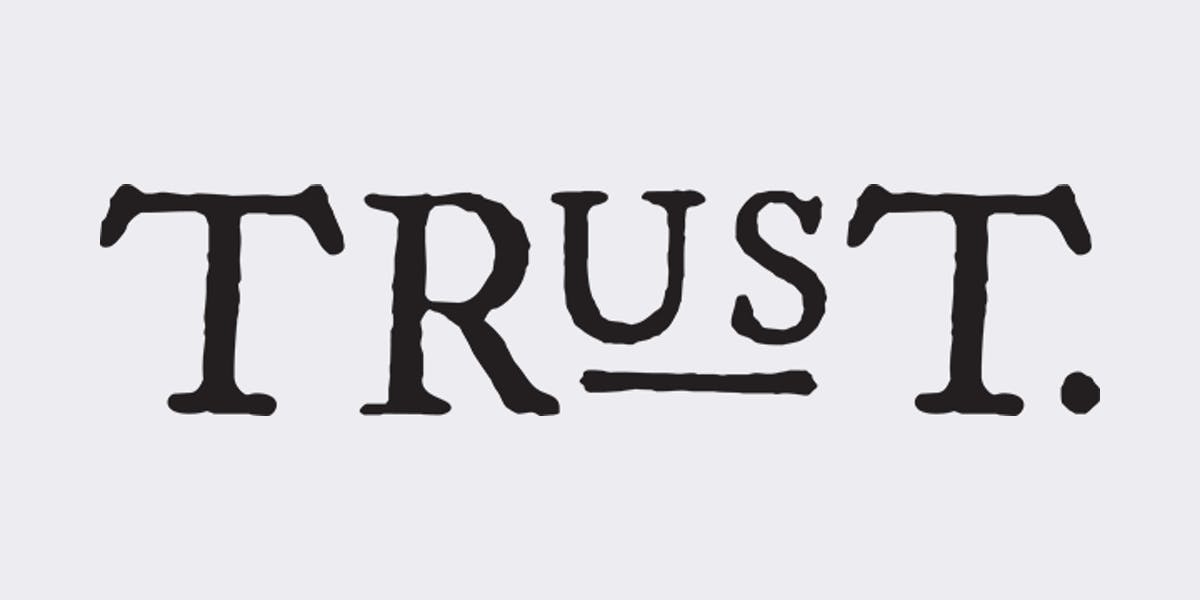THE LANGUAGE OF LEADERSHIP - T
Image: Trust Restaurant, San Diego, CA USA
I’m sharing one word today.
It’s worthy of this prestige, it’s position is at the top of the Ts.
As we travel the leadership alphabet in my game, The Language of Leadership, we have landed at ‘the’ word, which I hear myself discuss and use every day.
The word is TRUST.
Trust is a beautiful word. The mere mention of the word releases hormones, creates a chemical reaction in our body which drops the shoulders, loosens the facial muscles and helps us smile.
However, our communication builds or busts trust.
The words chosen in conversations will prime the brain for trust, partnerships and mutual success. Judith Glaser wrote Conversational Intelligence (2013) which I devoured. With an understanding of how our brains operate we learn the importance to empathise with others, to discover more about others by being curious, asking questions and to be open to be influenced by others to get to trust.
When a leader trusts their team members, they’ve enabled them to do their work and the leader can focus elsewhere.
When parents and teachers trust their kids, they are enabling them to be accountable, growing with the experience.
When a neighbour trusts a neighbour, they can relax on holiday knowing that their home will be taken care of, with a constant eye on what’s occurring in their absence.
When you have trust in your relationships, you can be yourself, knowing that you’re accepted for what you do, say and believe in.
Leaders who trust their leaders, will go that extra mile to perform additional tasks or ensure that the quality of the product or service is beyond expectation.
I recently read that to be an agile leader, you ‘give trust to your team’ opposed to their need to earn trust. I reread this a few times and the reasoning was based on the need to be fast and that it was part of the process to potentially fail fast, learn and move forward.
This reminds me of the switch from saying “No” to my kids, to saying “Yes”, for the majority of the time. I gained their buy-in, their trust, to the requirements of the “Yes” almost every time. For example, I used to say, “Yes you can go for a swim after you tidy the toy room and finish eating your lunch!”
When we give trust to adults we are saying that you are an adult and I have your back.
Relationships + Respect = Trust.
In every relationship, there is a choice to respect each other. That respect shows up in fulfilling agreements. If I offer you my hand to shake and you respond with a firm shake while looking into my eyes, my brain will trust you.
As leaders, we can encourage people to have a go rather than earn the right. For over 20 years, I was encouraged to have a go, to trust myself because my managers and leaders trusted me. I never let them down because I knew that it was OK to do my best even if it wasn’t enough.
What about you? What does your trust look like?
Here’s a challenge for you: when you next meet someone new, rather than judge them, be curious and discover more about the person by asking lots of questions; let them do the talking. In doing this, your brain will release Oxytocin – the bonding chemical which wants you to reach out and trust them.
So, we’ve traveled from A - T. You can catch up on my previous blogs on my Thoughts page.

